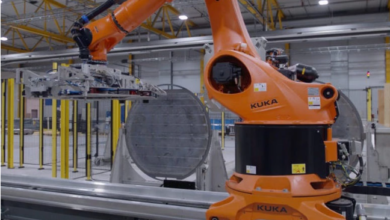EU initiatives to accelerate renewable hydrogen measures

The European Commission presented initiatives to increase the speed and scale-up of the renewable hydrogen industry.
The Net Zero Industry Act identifies electrolysers as a strategic net zero technology for Europe. It aims to accelerate permitting and reduce the administrative burden on electrolyser manufacturers when applying for permits. Until now, there have been no harmonized rules across the European internal market regarding the permitting of clean-tech manufacturing.
“We look forward to the implementation of the numerous EU initiatives intending to create an attractive investment framework in Europe,” says Håkon Volldal.
The EU package also includes an aspirational target of meeting at least 40% of the EU’s annual electrolyser manufacturing deployment needs by 2030 with electrolysers made in Europe.
“There is fierce competition between continents for global leadership in renewable hydrogen technology, and we welcome the EU setting a target for the production of electrolysers made in Europe,” says Volldal.
The Commission also communicated on the highly anticipated “Hydrogen Bank.” A first pilot auction of the Hydrogen Bank with an indicative budget of €800 million will be launched in the autumn of 2023. Winners of the auction will receive a fixed premium for each kg of renewable hydrogen produced over 10 years.
Nel’s production of alkaline electrodes at Herøya in Norway, where the company has established the world’s first fully automated electrolyser factory, does not depend on any rare earth metals or other scarce resources. The facility has a capacity of 500 MW and the company has started the construction of a second production line, which will take the manufacturing capacity in Herøya to 1 GW by April 2024. The facility can be further expanded to 2GW manufacturing capacity.
In addition, Nel recently announced that the company has made a final investment to expand its existing manufacturing facility in Wallingford (US) from 50 to 500MW annual output.
The company is also in the final site selection phase for a new gigafactory in the United States of America. The gigafactory will have a potential annual manufacturing capacity of up to 4 GW.
